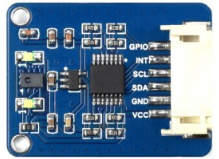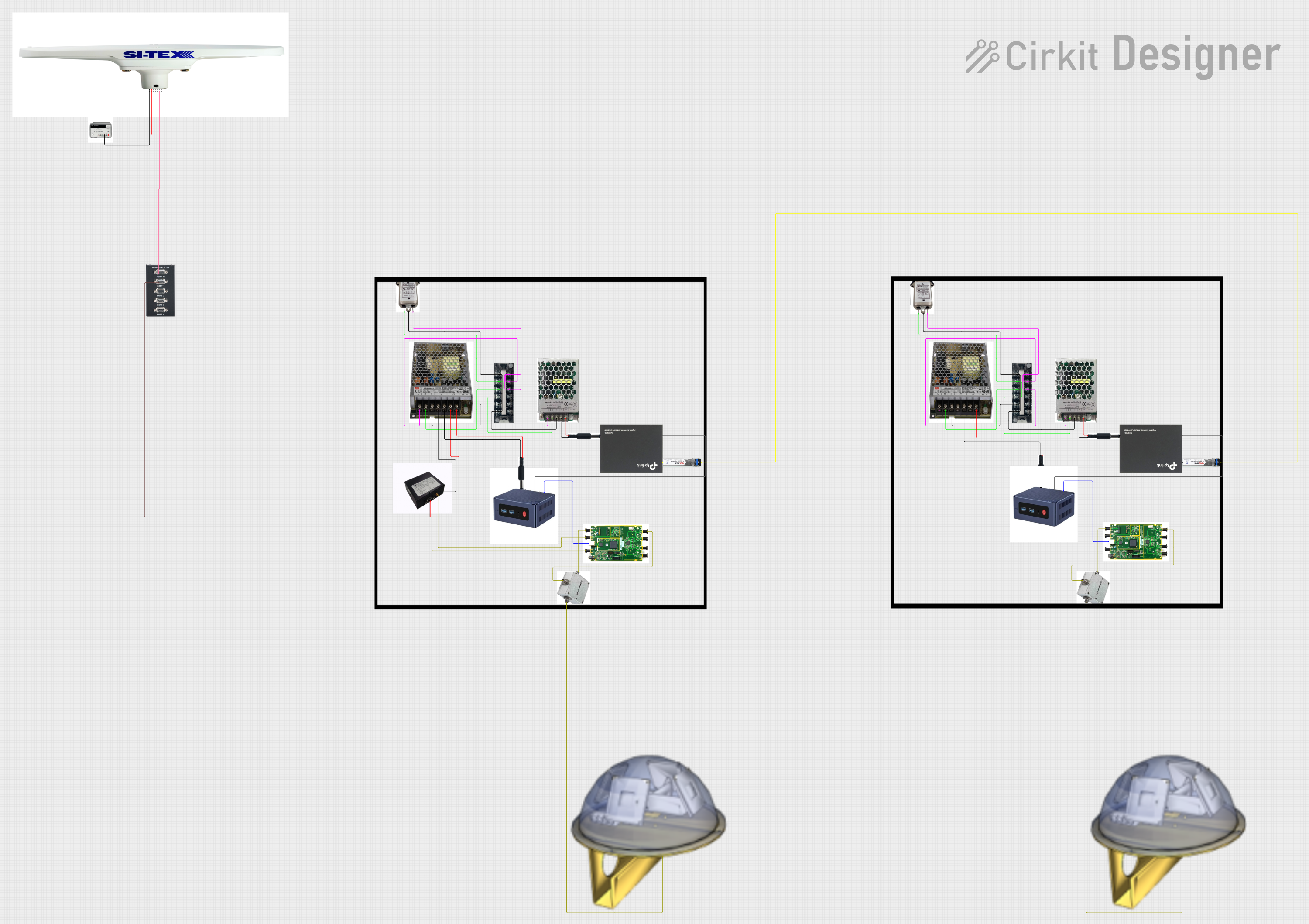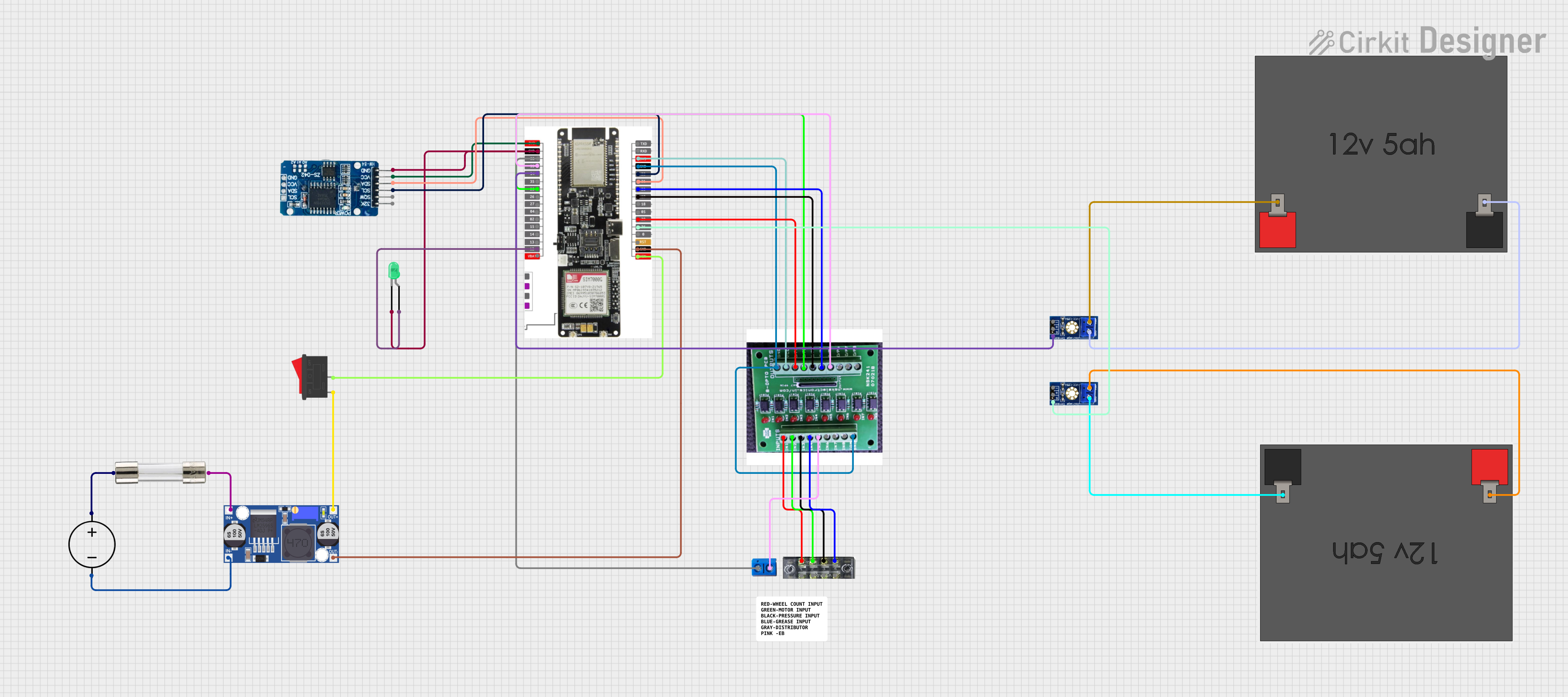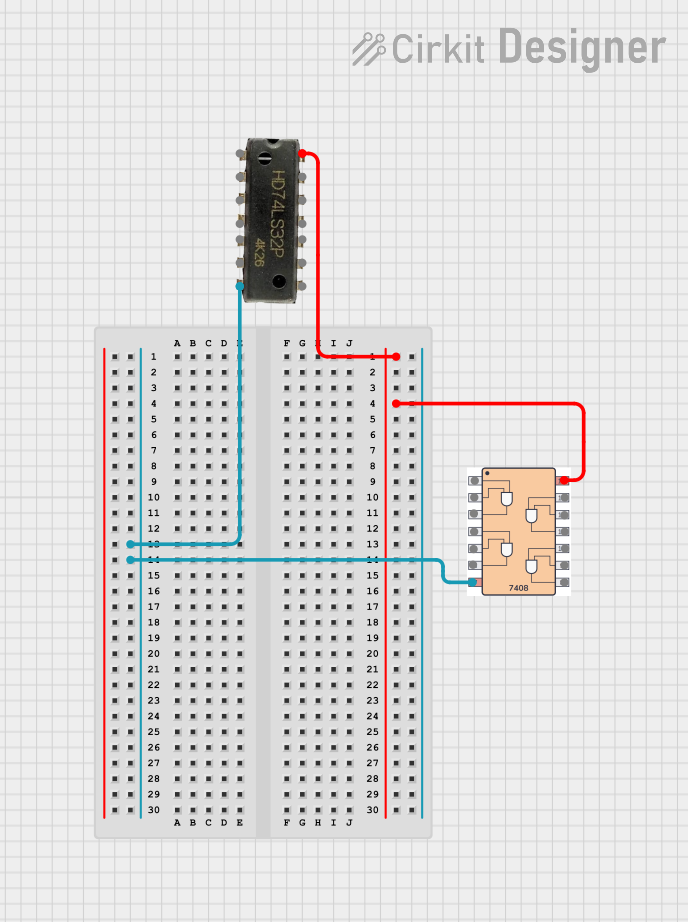
How to Use AS7341 : Examples, Pinouts, and Specs

 Design with AS7341 in Cirkit Designer
Design with AS7341 in Cirkit DesignerIntroduction
The AS7341 is a highly versatile spectral sensor manufactured by Adafruit. It is designed to measure light intensity across multiple wavelengths, making it ideal for applications requiring precise color and light analysis. The sensor features 11 channels for color sensing, including visible and near-infrared light, enabling advanced applications in color recognition, ambient light sensing, and environmental monitoring.
Explore Projects Built with AS7341

 Open Project in Cirkit Designer
Open Project in Cirkit Designer
 Open Project in Cirkit Designer
Open Project in Cirkit Designer
 Open Project in Cirkit Designer
Open Project in Cirkit Designer
 Open Project in Cirkit Designer
Open Project in Cirkit DesignerExplore Projects Built with AS7341

 Open Project in Cirkit Designer
Open Project in Cirkit Designer
 Open Project in Cirkit Designer
Open Project in Cirkit Designer
 Open Project in Cirkit Designer
Open Project in Cirkit Designer
 Open Project in Cirkit Designer
Open Project in Cirkit DesignerCommon Applications
- Color recognition and matching
- Ambient light sensing for smart lighting systems
- Environmental monitoring and analysis
- Agricultural applications (e.g., plant health monitoring)
- Industrial quality control and material analysis
Technical Specifications
The AS7341 spectral sensor is packed with advanced features to support a wide range of applications. Below are its key technical specifications:
| Parameter | Value |
|---|---|
| Operating Voltage | 3.3V (logic level) |
| Communication Interface | I²C |
| I²C Address (Default) | 0x39 |
| Spectral Channels | 11 (visible and near-infrared) |
| Measurement Range | 350 nm to 1000 nm |
| Operating Temperature | -40°C to +85°C |
| Power Consumption | Low power mode available |
| Package Type | LGA (Land Grid Array) |
Pin Configuration and Descriptions
The AS7341 sensor is typically used on a breakout board provided by Adafruit. Below is the pin configuration for the breakout board:
| Pin Name | Description |
|---|---|
| VIN | Power input (3.3V or 5V) |
| GND | Ground connection |
| SDA | I²C data line |
| SCL | I²C clock line |
| INT | Interrupt pin (optional, for event notifications) |
| LDR | LED driver pin (optional, for external light source) |
Usage Instructions
The AS7341 is easy to integrate into projects using its I²C interface. Below are the steps to use the sensor in a circuit and some best practices.
Connecting the AS7341 to an Arduino UNO
- Wiring: Connect the AS7341 breakout board to the Arduino UNO as follows:
VINto5Von the ArduinoGNDtoGNDon the ArduinoSDAtoA4(I²C data line on Arduino UNO)SCLtoA5(I²C clock line on Arduino UNO)
- Install Libraries: Download and install the Adafruit AS7341 library from the Arduino Library Manager.
- Upload Code: Use the example code below to read spectral data from the sensor.
Example Code
#include <Wire.h>
#include "Adafruit_AS7341.h"
// Create an instance of the AS7341 sensor
Adafruit_AS7341 as7341;
void setup() {
Serial.begin(115200); // Initialize serial communication at 115200 baud
while (!Serial) delay(10); // Wait for the serial monitor to open
// Initialize I²C communication and the AS7341 sensor
if (!as7341.begin()) {
Serial.println("Failed to find AS7341 sensor! Check wiring.");
while (1) delay(10); // Halt execution if sensor is not found
}
Serial.println("AS7341 sensor initialized successfully!");
}
void loop() {
// Read and print the visible light channels (F1-F6)
Serial.println("Reading spectral data...");
Serial.print("Channel F1: "); Serial.println(as7341.readChannel(AS7341_CHANNEL_F1));
Serial.print("Channel F2: "); Serial.println(as7341.readChannel(AS7341_CHANNEL_F2));
Serial.print("Channel F3: "); Serial.println(as7341.readChannel(AS7341_CHANNEL_F3));
Serial.print("Channel F4: "); Serial.println(as7341.readChannel(AS7341_CHANNEL_F4));
Serial.print("Channel F5: "); Serial.println(as7341.readChannel(AS7341_CHANNEL_F5));
Serial.print("Channel F6: "); Serial.println(as7341.readChannel(AS7341_CHANNEL_F6));
delay(1000); // Wait 1 second before the next reading
}
Best Practices
- Use pull-up resistors (typically 4.7kΩ) on the
SDAandSCLlines if they are not already included on the breakout board. - Ensure the I²C address (default: 0x39) does not conflict with other devices on the same bus.
- Avoid exposing the sensor to extreme temperatures or humidity to maintain accuracy.
- Use the
INTpin for event-driven applications to reduce power consumption.
Troubleshooting and FAQs
Common Issues
Sensor Not Detected:
- Cause: Incorrect wiring or I²C address mismatch.
- Solution: Double-check the connections and ensure the I²C address matches the default (0x39) or the configured address.
Inaccurate Readings:
- Cause: Ambient light interference or improper calibration.
- Solution: Shield the sensor from stray light and perform calibration using a known light source.
I²C Communication Errors:
- Cause: Missing pull-up resistors or incorrect voltage levels.
- Solution: Add 4.7kΩ pull-up resistors to the
SDAandSCLlines if needed. Ensure the logic level matches the microcontroller (3.3V or 5V).
FAQs
Can the AS7341 measure UV light?
No, the AS7341 is designed to measure visible and near-infrared light (350 nm to 1000 nm).What is the purpose of the
LDRpin?
TheLDRpin can drive an external LED to provide a controlled light source for measurements.Is the AS7341 compatible with 5V logic?
Yes, the breakout board includes level shifting, making it compatible with both 3.3V and 5V logic systems.
By following this documentation, you can effectively integrate the AS7341 spectral sensor into your projects and troubleshoot common issues.